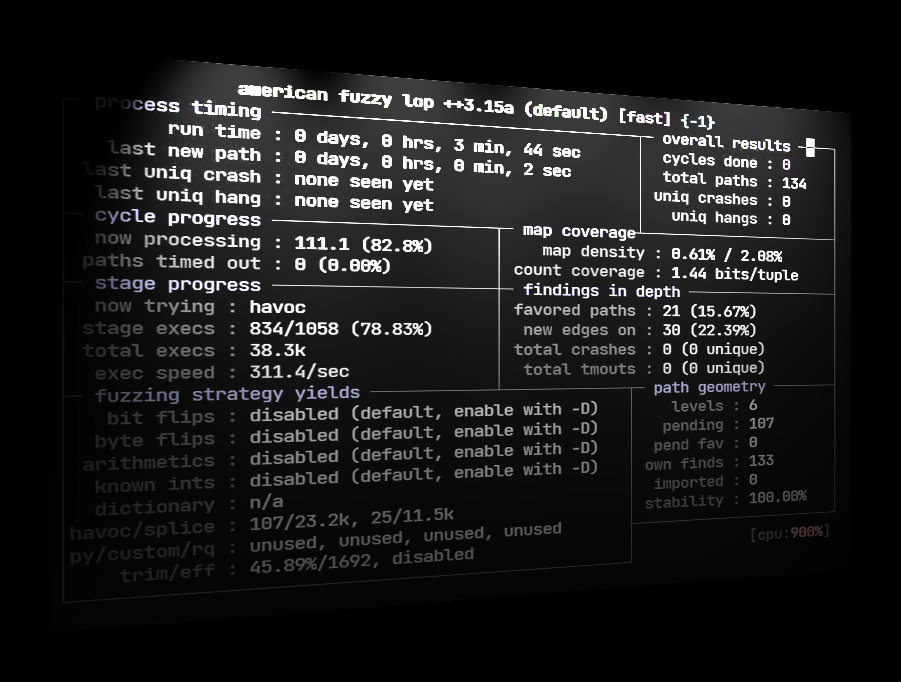When you think of the ways in which a computer network is penetrated, a printer is not the first thing that comes to mind. Most of the employees in an organisation will have their machine connected to a smart printer, making their computers and corporate network vulnerable. When you consider a printer has access to all the confidential documents of an organisation and yet the fact that none or very little attention is paid to it’s security, is alarming.
Just like any insecure system, most of the printers either have no password or if corporate policy mandates one, they are protected with default credentials. During our various infrastructure pentest engagements that we have conducted over the past 3 years, we have found printers to be one of the most common infrastructure components vulnerable to exploit. Once we have exploited the printer, and have access to it, we can then infiltrate the internal network even further.
Previous Smart Devices security issues
As per the information made accessible by the affected organisations, some of the most popular breaches in history have been a result of a 3rd party device connected to the network. This includes the famous Target breach which was a result of a breach with the 3rd party HVAC system. This again emphasizes on the fact that not only should an organisation care about the computer systems and servers, but also the components such as printers and other 3rd party devices.
Another interesting incident which happened recently was when a security researcher researching printer and embedded devices security, compromised millions of printers and printed Nazi messages through the printers of University of Maryland among many others.
As per the details on Andrew’s blog, the printer hack was a result of an extremely simple vulnerability exploited by a couple of lines of Postscript code. Printers usually expose port 9100, which then could be used in a search engine such as Shodan.io, and connecting to those devices over port 9100 will allow you access to the printer.
In a survey report by Ponemon Institute, 64% of organisations don’t consider printer security to be the part of their high priority security strategy. With the general misconception being that printers are pretty simple devices and not an attacker’s target and hence the attacks against 3rd party devices are bound to rise.
Not only printing of insensitive messages is the threat scenario, but the printers can also be used as a backdoor to silently send all the documents it is printing to a remote server, or even to just be an entry point to the internal organisational network.
Steps to Secure your IoT printer:
If you are an organisation, here are the 3 steps you need to take in order to strengthen your printer security from malicious attacks:
- Physical and network security- Ensure that only authorized persons have access to the printer.
- Keep the printer out of the sensitive portion of the corporate network via secure authentication and authorization protections in place.
- Don’t expose the printer to outside internet facing world.
- Reverse Engineering and firmware modification attacks- Verify the firmware checksum of the printer whenever an update happens. This will ensure that firmware has not been modified or compromised in any way.
- Publicly known vulnerabilities- Keep your printer up to date. This will help protect it against common vulnerabilities which could be exploited by anyone.
If you would like to learn more about IoT and device exploitation, attend Attify’s technical course on “Offensive IoT exploitation” which has been optimized through years of research and experience in device and IoT pentesting. Read more here – attify.com/trainings.php .




